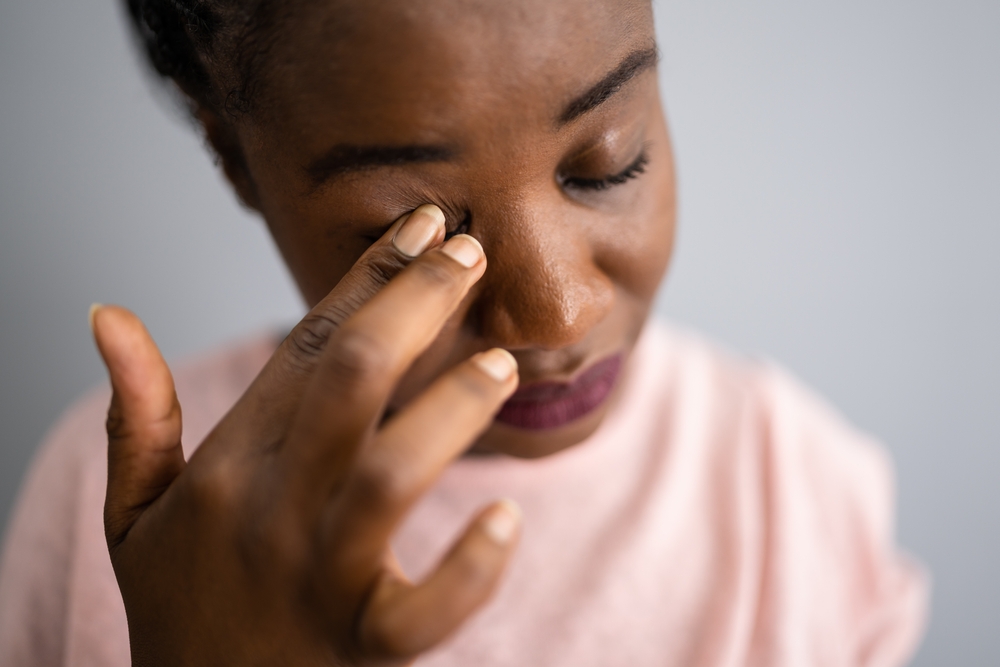
Glaucoma silently steals sight if left undetected. Detecting it early is crucial to stop this sneaky thief from stealing your vision. To protect your eyes, learn about glaucoma screening and take preventive measures.
Understanding Glaucoma
Glaucoma is a group of eye disorders causing optic nerve damage. Experts often associate this damage with elevated eye pressure. It initially impairs peripheral vision. If left untreated, it can advance to tunnel vision and even total blindness. Glaucoma's insidious nature silently erodes eyesight without warning. This underscores the importance of regular screening.
Who Is at Risk?
Certain factors increase glaucoma risk, such as:
· Being over 60 years old
· Having a family history of glaucoma
· Being African American, Latino, or Asian
· Having high eye pressure
· Being farsighted or nearsighted
· Having a thin cornea
· Using corticosteroid medications
· Having health conditions like diabetes, hypertension or hypothyroidism
Importance of Early Detection
When dealing with glaucoma, one cannot overstate the criticality of early detection. Early intervention can significantly delay the disease's course, protecting your vision. So, routine screening is essential, even without noticeable symptoms. It is important to screen early for symptoms of peripheral vision loss. By the time symptoms show up, it might already be too late for treatment.
Components of a Glaucoma Screening
A comprehensive glaucoma evaluation involves:
· Evaluating eye health history
· Checking eye pressure
· Examining optic nerve damage
· Testing peripheral vision
· Measuring corneal thickness
· Dilating pupils to inspect eye anatomy
Various imaging tests may also help analyze ocular structures. Furthermore, repeat testing is necessary to track potential changes over time.
Understanding Eye Pressure Readings
Eye pressure, or intraocular pressure (IOP), is an essential indicator of glaucoma. A pressure above 21 mm Hg is generally higher than average. But, the relationship between glaucoma and eye pressure is complex.
Even if your eye pressure has never been above 21 mm Hg, you can still get glaucoma. This is a condition known as normal-tension or normal-pressure glaucoma. On the other hand, some people have high eye pressure but no nerve damage.
Eye pressure is a big risk factor but not the only one considered in diagnosis and management. Also, keep in mind that one reading alone does not diagnose glaucoma. Doctors check blood pressure and other tests to decide the risk and treatment needed.
Reducing Glaucoma Risk Through Early Screening
Experts recommend initial glaucoma screening by age 40. Those with risk factors should start even earlier. Eye doctors recommend annual eye exams after age 60. African Americans may benefit from biannual screening after age 50 to 55.
Early screening and detection are key to preserving vision. Listen to your eye doctor. They will tell you how often you need tests based on your risk and results.
What Happens If You Have Glaucoma?
If the eye doctor detects glaucoma, immediate treatment can begin. The treatment for this condition uses eyedrops, laser therapy, or surgery. These methods lower pressure and protect the optic nerve.
Early intervention can slow or halt vision loss. Consistent treatment and strict follow-up care are necessary to control glaucoma. Medication and lifestyle adjustments will become part of managing this chronic condition.
Bottom Line
Do not take the gift of sight for granted. Take action against glaucoma through proactive screening. This simple guide provides priceless peace of mind. Protect your vision for years to come with preventative care.
For more on glaucoma, visit Coastal Vision at our Chino, Long Beach, Irvine, Newport Beach, or Orange, California offices. Call (888) 501-4496 to schedule an appointment today.







